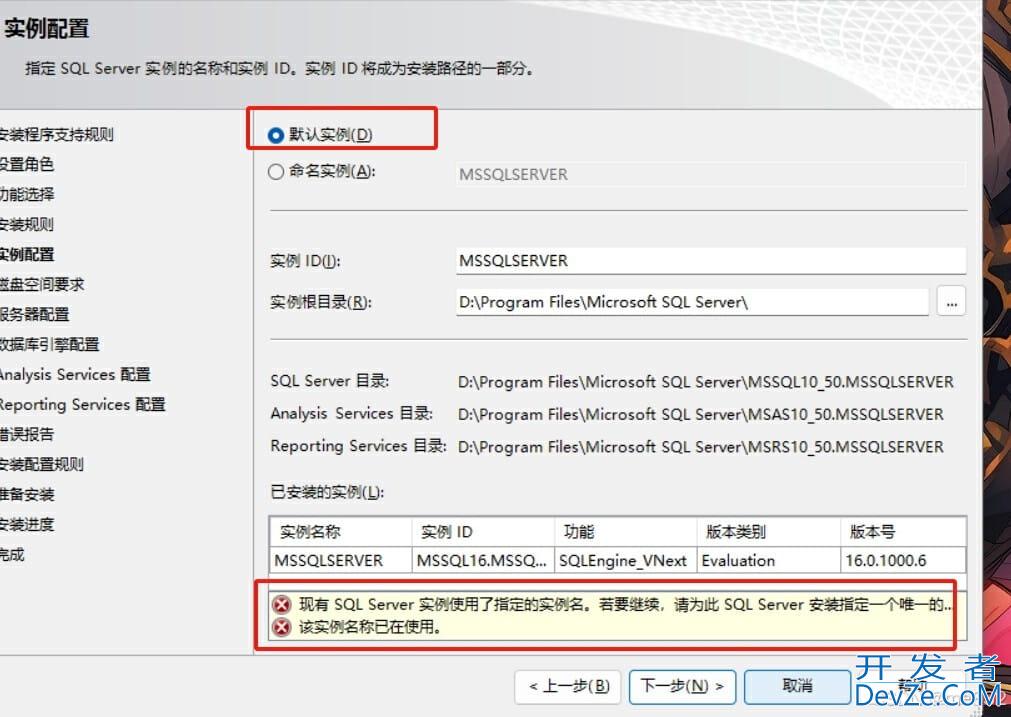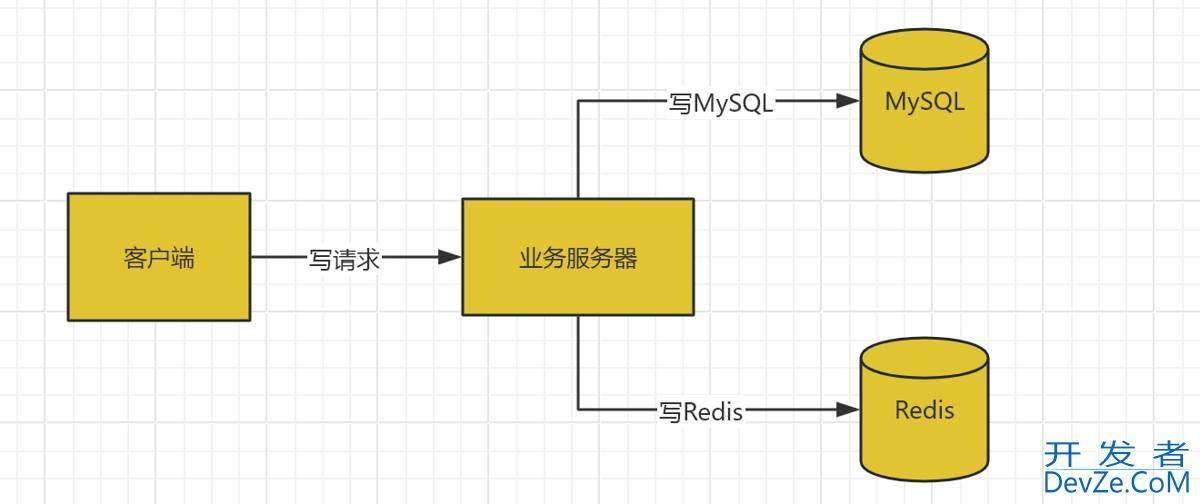python使用redis模块来跟redis实现交互
目录
- redis模块的使用
- 1.安装模块
- 2.导入模块
- 4.连接池
- 5.操作
- 管道
- 事务
- 订阅\发布
redis模块的使用
1.安装模块
pip3 ins编程客栈tall redis
2.导入模块
import redis
3.连接方式
- 严格连接模式:r=redis.StrictRedis(host=“”,port=)
- 更python化的连接模式:r=redis.Redis(host=“”,port=)
- StrictRedis用于实现大部分官方的命令,开发者_数据库教程并使用官方的语法和命令
- Redis与StrictRedis的区别是:Redis是StrictRedis的子类,用于向前兼容旧版本的redis-py,并且这个连接方式是更加"python化"的
4.连接池
为了节省资源,减少多次连接损耗,连接池的作用相当于总揽多个客户端与服务端的连接,当新客户端需要连接时,只需要到连接池获取一个连接即可,实际上只是一个连接共享给多个客户端。
import redis
pool= redis.ConnectionPool(host='localhost',port=6379,decode_responses=True)
r=redis.Redis(connection_pool=pool)
r2=redis.Redis(connection_pool=pool)
r.set('apple','a')
print(r.get('apple'))
r2.set('banana','b')
print(r.get('banana'))
print(r.client_list())
print(r2.client_list())#可以看出两个连接的id是一致的,说明是一个客户端连接
5.操作
- 值的设置和获取,可以参考redis的命令,redis模块中的对应功能的函数名基本与redis中的一致
- 注意默认情况下,设置编程客栈的值或取得的值都为bytes类型,如果想改为str类型,需要在连接时添加上decode_responses=True】
- 设置值:
redis中set() ==>r.set() redis中setnhttp://www.devze.comx() ==>r.set() redis中setex() ==>r.setex() redis中setbit() ==>r.setbit() redis中mset() == > r.mset() redis中hset() ==>r.hset() redis中sadd() == >r.sadd() #其他。。。基本redis的命令名与redis模块中的函数名一致
获取:
redis中get() ==》r.get() redis中mget() ==》r.mget() redis中getset() ==》r.getset() redis中getrange() ==》r.getrange() #其他。。。基本redis的命令名与redis模块中的函数名一致
import redis
r=redis.Redis(host='localhost',port=6379,decode_responses=True)
# r=redis.Strict编程客栈Redis(host='localhost',port=6379)
r.set('key','value')
value=r.get('key')
# print(type(value))
print(value)
r.hset('info','name','lilei')
r.hset('info','age','18')
print(r.hgetall('info'))
r.sadd('course','math','english','chinese')
print(r.smembers('course'))
管道
一般情况下,执行一条命令后必须等待结果才能输入下一次命令,管道用于在一次请求中执行多个命令。
参数介绍:
transaction:指示是否所有的命令应该以原子方式执行。
import redis,time
r=redis.Redis(host="localhost",port=6379,decode_responses=True)
pipe=r.pipeline(transaction=True)
pipe.set('p1','v2')
pipe.set('p2','v3')
pipe.set('p3','v4')
time.sleep(5)
pipe.execute()
事务
python中可以使用管道来代替事务:
补充:监视watch:pipe.watch()
import redis,time
import redis.exceptions
r=redis.Redis(host='localhost',port=6379,decode_responses=True)
pipe=r.pipeline()
print(r.get('a'))
try:
# pipe.watch('a')
pipe.multi()
pipe.set('here', 'there')
pipe.set('here1', 'there1')
pipe.set('here2', 'there2')
time.sleep(5)
pipe.execute()
except redis.exceptions.WatchError as e:
print("Error")
订阅\发布
发布方:
import redis
r=redis.Redis(host="localhost",port=6379,decode_responses=True)
#发布使用publish(self, channel, message):Publish ``message`` on ``channel``.
Flag=True
while Flag:
msg=i编程客栈nput("主播请讲话>>:")
if len(msg)==0:
continue
elif msg=='quit':
break
else:
r.publish('cctv0',msg)
订阅方:
当订阅成功后,第一次接收返回的第一个消息是一个订阅确认消息:

import redis
r=redis.Redis(host="localhost",port=6379,decode_responses=True)
#发布使用publish(self, channel, message):Publish ``message`` on ``channel``.
Flag=True
chan=r.pubsub()#返回一个发布/订阅对象
msg_reciver=chan.subscribe('cctv0')#订阅
msg=chan.parse_response()#第一次会返回订阅确认信息
print(msg)
print("订阅成功,开始接收------")
while Flag:
msg=chan.parse_response()#接收消息
print(">>:",msg[2])#此处的信息格式['消息类型', '频道', '消息'],所以使用[2]来获取
到此这篇关于python使用redis模块来跟redis实现交互的文章就介绍到这了,更多相关python redis交互内容请搜索我们以前的文章或继续浏览下面的相关文章希望大家以后多多支持我们!









 加载中,请稍侯......
加载中,请稍侯......
精彩评论